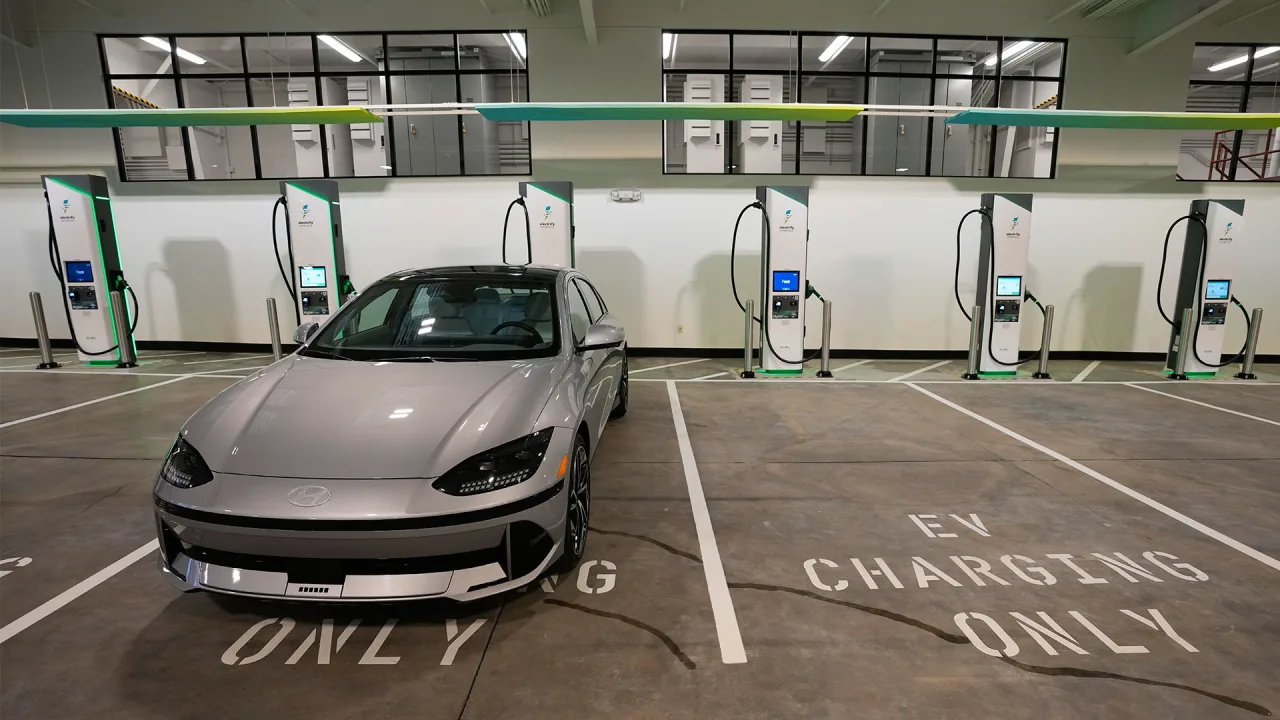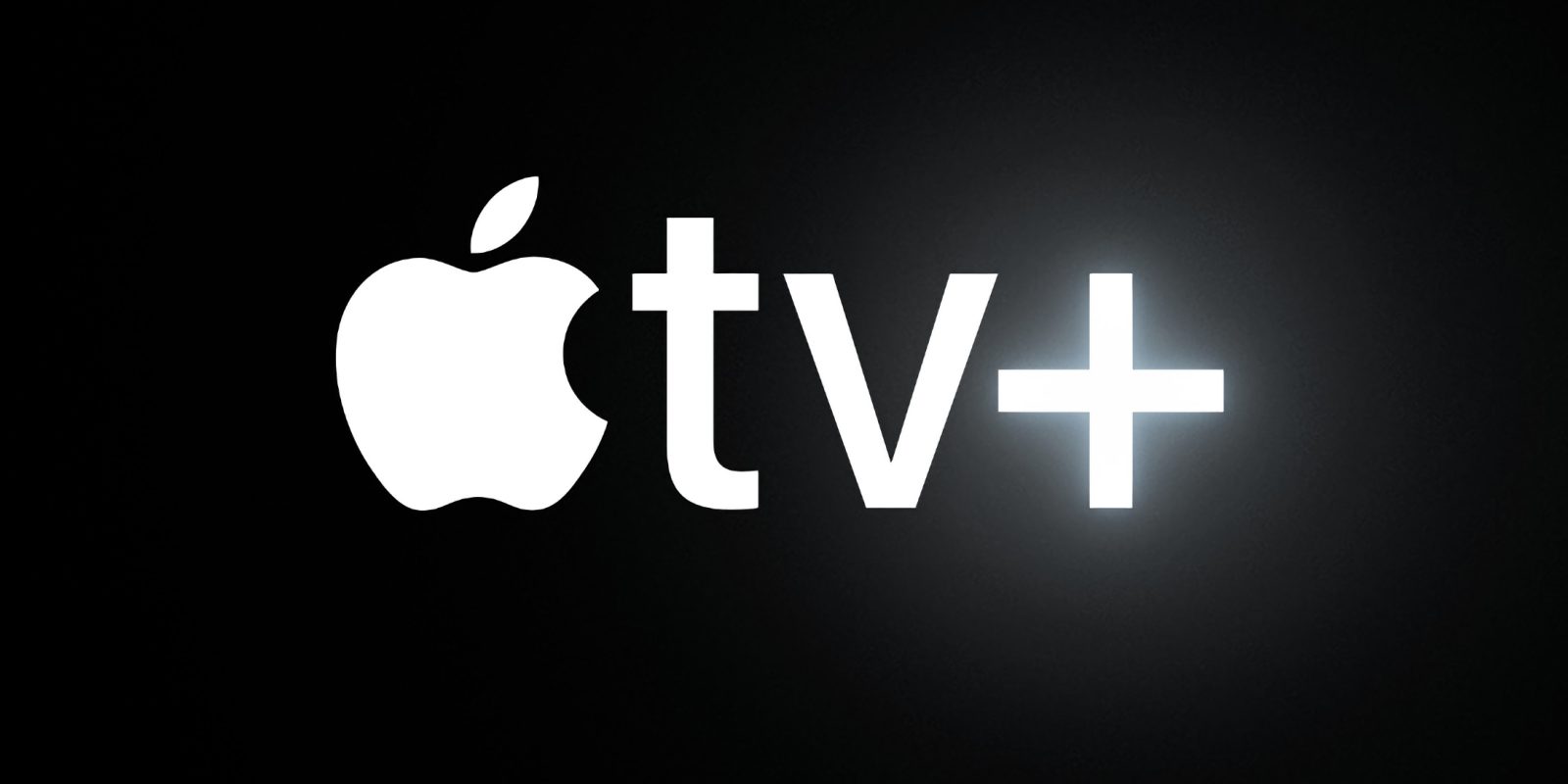Congress could soon block California’s efforts to cut vehicle emissions. Here’s how
Congress may stop California from implementing its first-in-the nation rule banning the sale of new gas powered cars by 2035.A Senate vote expected as soon as this week could end the nation’s most aggressive effort to transition toward electric vehicles as President Donald Trump’s administration doubles down on fossil fuels.California makes up roughly 11% of the U.S. car market, giving it significant power to shape purchasing trends. Vehicles are one of the largest sources of planet-warming emissions.The Republican-controlled Congress is targeting three California waivers that set stricter emissions rules than the federal government. The House voted to block them first blocked them several weeks ago, and Senate Majority Leader John Thune said his chamber would take up a similar effort this week, even though the Senate Parliamentarian and the U.S. Government Accountability Office say California’s policies are not subject to the review mechanism used by the House.Thune said California’s “are an improper expansion of a limited Clean Air Act authority and would endanger consumers, our economy, and our nation’s energy supply.”California Gov. Gavin Newsom and state air regulators say what lawmakers are doing is illegal and they will likely sue if the measure advances.Here’s what to know:
Why can California set its own standards?
The Environmental Protection Agency has let the state adopt stricter emissions for decades, and other states can sign on to those rules.California has some of the nation’s worst air pollution, and the waivers date back to efforts in the 1960s and 1970s to fight smog in Los Angeles.President Donald Trump rescinded California’s ability to enforce its standards during his first term, but President Joe Biden’s administration restored it in 2022.
What do the standards do?
Newsom, a Democrat, announced plans in 2020 to ban the sale of new gas-powered cars by 2035. State air regulators formalized the rules in 2022, and the federal government allowed them to move forward last year.The rule requires automakers to sell an increasing number of zero-emission cars, pickup trucks and SUVs over the next decade. Electric vehicles would have to make up 43% of new sales by 2027, 68% by 2030 and 100% by 2035. People would still be able to buy used gas-powered cars, plug-in hybrids or hydrogen-powered vehicles.California passed another rule in 2020 to phase out the sale of medium- and heavy-duty diesel vehicles, including box trucks, semitrailers and large pickups. Depending on class, zero-emission trucks will have to make up 40% to 75% of sales by 2035. The Biden administration approved that policy in 2023.The third regulation targeted by Congress would reduce smog-forming emissions from trucks. The rule revamped a testing program to ensure heavy-duty vehicles comply with emissions standards and set stricter standards to limit pollution from nitrogen oxides and particulate matter, which pose public health risks.New York, Colorado and New Mexico are among the states that announced plans to follow all three of the policies.
What do the auto and trucking industries say?
Several automakers, including Honda, Ford and Volkswagen, signed deals with California to follow some of the state’s tailpipe emission standards. But the companies have not committed to complying with the 2035 mandate on gas-powered cars and did not respond to requests for comment on the Senate’s upcoming vote.The National Automobile Dealers Association urged the Senate to pass the measure.“Banning gas and hybrid cars is a national issue that should be decided by Congress, not an unelected state agency,” Mike Stanton, the group’s president and CEO, wrote in a letter.The Safe Roads Coalition, which represents towing and truck companies, said the medium- and heavy-duty truck rule is unfeasible and should be blocked.“While transitioning combustion engines to electric is well-intended, unworkable regulations threaten roadside services for millions of American motorists,” said Josh Lovelace, the group’s national director.
Can the grid handle more electric vehicless?
Thune, the Senate majority leader, said the nation’s grid can’t handle California’s plans. It is a concern shared by other critics, who point to California’s struggle several summers ago to maintain consistent power during a heat wave.“Our already shaky electric grid would quickly face huge new burdens from a surge in electric vehicles,” he said in a statement announcing the vote.Newsom’s administration argues the state is on its way to building out an electric grid and charging infrastructure that can support many more electric vehicles. Broadly, California has a goal of net-zero greenhouse gas emissions across the economy by 2045.But the state remains far short of what is eventually needed. California has about 84,000 public electric vehicle chargers in the state but needs 1.2 million by 2030 to support the EV transition, according to the California Energy Commission. The Trump administration directed states earlier this year to stop spending money approved under Biden to help build electric vehicle charges across the U.S. More than a dozen states are suing the federal government over the effort.Newsom has also recently touted the state’s growing battery storage capacity. Neither the commission nor the California Air Resources Board responded to questions about how much the state’s electric grid must grow to support the power demand expected from the state’s transition. But the state has said it needs at least four times more wind and solar power to meet 2045 energy demands and that the grid must grow at an “unprecedented rate.”Timothy Johnson, a professor of energy and the environment at Duke University, said most regions of the U.S. can generate enough power or add enough to meet EV charging demand, but local power lines and transformers could be overloaded.
How are other states responding?
Eleven other states, plus Washington, D.C., have adopted California’s plan to phase out new gas-powered cars, according to the air board. Several more have adopted the state’s previous zero-emission vehicle standards.But some of those states are already backing away.Republican Vermont Gov. Phil Scott last week paused enforcement of electric vehicle sales targets that follow California’s, saying the pace wasn’t realistic. In Delaware, Democratic Gov. Matt Meyer has said he wants to rescind the state’s EV mandate. Other states still appear to be moving ahead.
Associated Press writers Mary Clare Jalonick, Matthew Daly and Alexa St. John in Washington contributed.
Austin is a corps member for The Associated Press/Report for America Statehouse News Initiative. Report for America is a nonprofit national service program that places journalists in local newsrooms to report on undercovered issues. Follow Austin on X: @sophieadanna
—Sophie Austin, Associated Press/Report for America
#congress #could #soon #block #californias
Congress could soon block California’s efforts to cut vehicle emissions. Here’s how
Congress may stop California from implementing its first-in-the nation rule banning the sale of new gas powered cars by 2035.A Senate vote expected as soon as this week could end the nation’s most aggressive effort to transition toward electric vehicles as President Donald Trump’s administration doubles down on fossil fuels.California makes up roughly 11% of the U.S. car market, giving it significant power to shape purchasing trends. Vehicles are one of the largest sources of planet-warming emissions.The Republican-controlled Congress is targeting three California waivers that set stricter emissions rules than the federal government. The House voted to block them first blocked them several weeks ago, and Senate Majority Leader John Thune said his chamber would take up a similar effort this week, even though the Senate Parliamentarian and the U.S. Government Accountability Office say California’s policies are not subject to the review mechanism used by the House.Thune said California’s “are an improper expansion of a limited Clean Air Act authority and would endanger consumers, our economy, and our nation’s energy supply.”California Gov. Gavin Newsom and state air regulators say what lawmakers are doing is illegal and they will likely sue if the measure advances.Here’s what to know:
Why can California set its own standards?
The Environmental Protection Agency has let the state adopt stricter emissions for decades, and other states can sign on to those rules.California has some of the nation’s worst air pollution, and the waivers date back to efforts in the 1960s and 1970s to fight smog in Los Angeles.President Donald Trump rescinded California’s ability to enforce its standards during his first term, but President Joe Biden’s administration restored it in 2022.
What do the standards do?
Newsom, a Democrat, announced plans in 2020 to ban the sale of new gas-powered cars by 2035. State air regulators formalized the rules in 2022, and the federal government allowed them to move forward last year.The rule requires automakers to sell an increasing number of zero-emission cars, pickup trucks and SUVs over the next decade. Electric vehicles would have to make up 43% of new sales by 2027, 68% by 2030 and 100% by 2035. People would still be able to buy used gas-powered cars, plug-in hybrids or hydrogen-powered vehicles.California passed another rule in 2020 to phase out the sale of medium- and heavy-duty diesel vehicles, including box trucks, semitrailers and large pickups. Depending on class, zero-emission trucks will have to make up 40% to 75% of sales by 2035. The Biden administration approved that policy in 2023.The third regulation targeted by Congress would reduce smog-forming emissions from trucks. The rule revamped a testing program to ensure heavy-duty vehicles comply with emissions standards and set stricter standards to limit pollution from nitrogen oxides and particulate matter, which pose public health risks.New York, Colorado and New Mexico are among the states that announced plans to follow all three of the policies.
What do the auto and trucking industries say?
Several automakers, including Honda, Ford and Volkswagen, signed deals with California to follow some of the state’s tailpipe emission standards. But the companies have not committed to complying with the 2035 mandate on gas-powered cars and did not respond to requests for comment on the Senate’s upcoming vote.The National Automobile Dealers Association urged the Senate to pass the measure.“Banning gas and hybrid cars is a national issue that should be decided by Congress, not an unelected state agency,” Mike Stanton, the group’s president and CEO, wrote in a letter.The Safe Roads Coalition, which represents towing and truck companies, said the medium- and heavy-duty truck rule is unfeasible and should be blocked.“While transitioning combustion engines to electric is well-intended, unworkable regulations threaten roadside services for millions of American motorists,” said Josh Lovelace, the group’s national director.
Can the grid handle more electric vehicless?
Thune, the Senate majority leader, said the nation’s grid can’t handle California’s plans. It is a concern shared by other critics, who point to California’s struggle several summers ago to maintain consistent power during a heat wave.“Our already shaky electric grid would quickly face huge new burdens from a surge in electric vehicles,” he said in a statement announcing the vote.Newsom’s administration argues the state is on its way to building out an electric grid and charging infrastructure that can support many more electric vehicles. Broadly, California has a goal of net-zero greenhouse gas emissions across the economy by 2045.But the state remains far short of what is eventually needed. California has about 84,000 public electric vehicle chargers in the state but needs 1.2 million by 2030 to support the EV transition, according to the California Energy Commission. The Trump administration directed states earlier this year to stop spending money approved under Biden to help build electric vehicle charges across the U.S. More than a dozen states are suing the federal government over the effort.Newsom has also recently touted the state’s growing battery storage capacity. Neither the commission nor the California Air Resources Board responded to questions about how much the state’s electric grid must grow to support the power demand expected from the state’s transition. But the state has said it needs at least four times more wind and solar power to meet 2045 energy demands and that the grid must grow at an “unprecedented rate.”Timothy Johnson, a professor of energy and the environment at Duke University, said most regions of the U.S. can generate enough power or add enough to meet EV charging demand, but local power lines and transformers could be overloaded.
How are other states responding?
Eleven other states, plus Washington, D.C., have adopted California’s plan to phase out new gas-powered cars, according to the air board. Several more have adopted the state’s previous zero-emission vehicle standards.But some of those states are already backing away.Republican Vermont Gov. Phil Scott last week paused enforcement of electric vehicle sales targets that follow California’s, saying the pace wasn’t realistic. In Delaware, Democratic Gov. Matt Meyer has said he wants to rescind the state’s EV mandate. Other states still appear to be moving ahead.
Associated Press writers Mary Clare Jalonick, Matthew Daly and Alexa St. John in Washington contributed.
Austin is a corps member for The Associated Press/Report for America Statehouse News Initiative. Report for America is a nonprofit national service program that places journalists in local newsrooms to report on undercovered issues. Follow Austin on X: @sophieadanna
—Sophie Austin, Associated Press/Report for America
#congress #could #soon #block #californias
·70 مشاهدة








